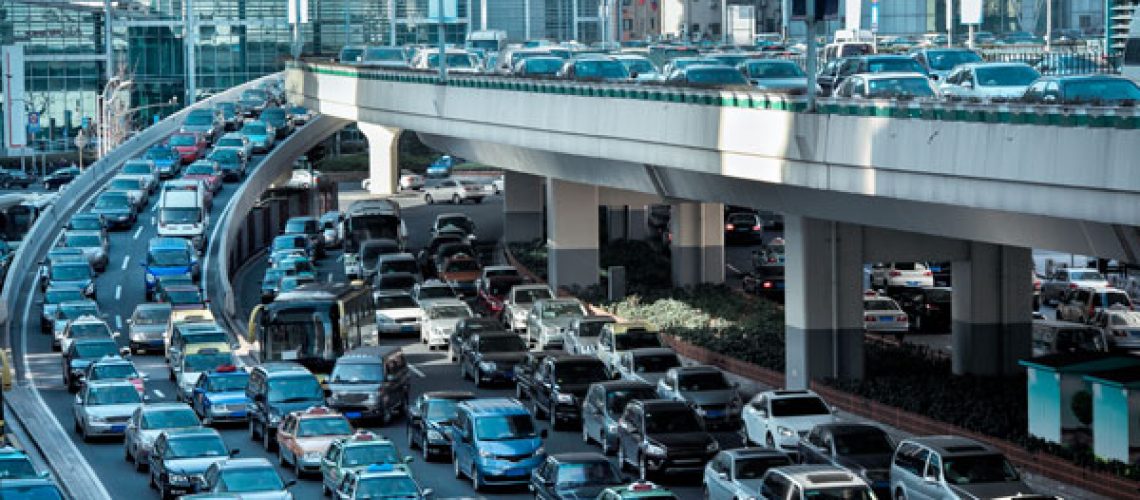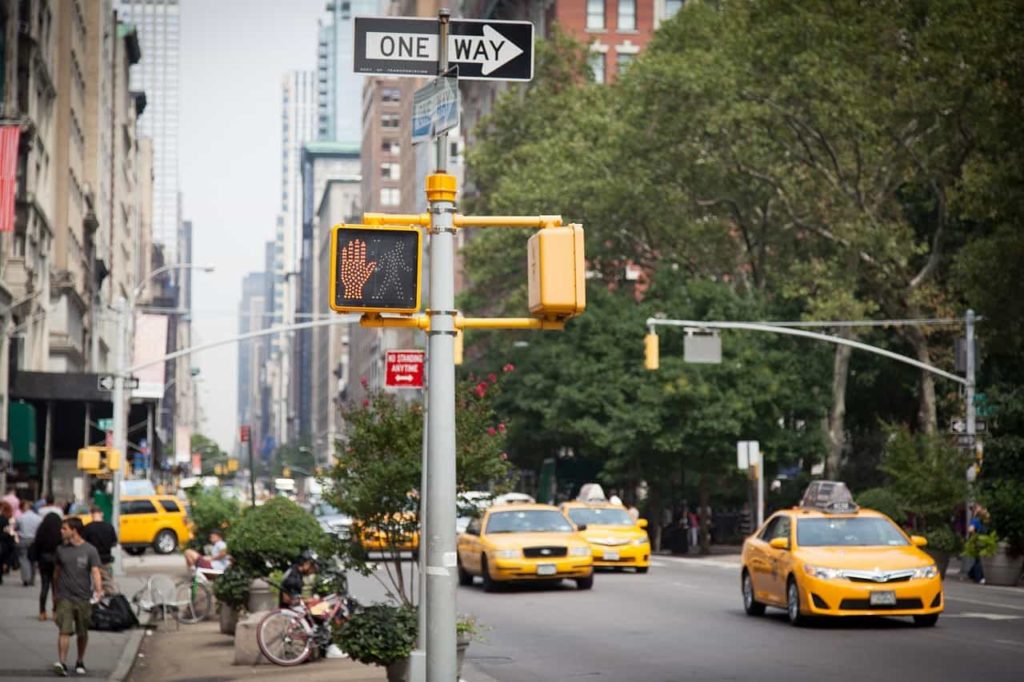- 6001 Elvas Ave, Sacramento
- (916) 451-5176

At some point, every driver has approached a red light late at night with no other cars in sight and felt that tiny temptation to go. It seems harmless. But traffic laws are not written for convenience. They are there to ensure the safety of all road users. One of the most overlooked yet crucial parts of these laws involves official traffic control devices and how drivers are required to obey them.
That term, “traffic control devices,” seems to convey a lot of authority and perhaps even a bit of technical jargon. But it is just a legal term for the road signs, signals, and markings that tell us what to do. Stop. Yield. Slow down. Merge left. The shapes and colors of these interfaces are familiar in order that the average person can grasp what they do at a glance. Properly applied, they help us navigate the flow of traffic and keep us from harm.
If you dig into the law, you’ll see that motorists are required to obey the instructions of all legally required traffic control devices. That includes weight for every official sign, traffic control signal, and road marking placed with legal authority. And it’s not only street signs. A policeman or a traffic officer working on a busy street can be considered a human traffic signal. Their directives are legally punishable, and resistance can easily bring about the accusation of violating their demands.
And interestingly, the law doesn’t require perfection. For example, a traffic control signal doesn’t need to be perfect in its placement or readability. As long as the device is in a proper position and sufficiently legible that a reasonable driver would understand it, courts often view it as enforceable. Even if the official device is tilted slightly or weathered, as long as its position approximately conforms to where it should be and the message is clear, it’s likely valid.
Yes, it happens, though it’s not easy. If you get a citation for failure to obey a traffic control device, the burden may shift. Law enforcement will present competent evidence that the device was in the right place, put in by someone with lawful authority, and obvious for any driver to see.
That’s not impossible to overcome, but you would need good evidence. For instance, you could claim that the device was not legible enough because it was vandalized, obstructed, or not sufficiently maintained. Perhaps overgrown trees obscured the sign. Perhaps a construction crew had taken it down entirely.
But this is where it gets tricky. These devices are usually installed properly, the courts generally assume. The alleged violator, to rebut that presumption, carries the burden of proving that the device was not present or placed so far out of its proper position that an ordinarily observant person would not have understood the notice. That can be challenging if you did not take photographs or gather other competent evidence at the time of the alleged violation.
It may sound like a minor detail, but the position and adequately readable standard are important. Picture yourself driving at night, rain blurring your windshield. If you don’t notice a stop sign through all the leaves or a tree branch and keep cruising through an intersection, you’d have no idea. That is why the law requires that devices be placed in an appropriate location and be legible enough to be enforced.
But, once again, the law offers some flexibility. Even a hint of a tilted stop sign still counts. An old line on the road may still be enforced against an accused violator if it is marked well enough to still be understood. This gray area is a common source of traffic court disputes.
What if there is an authorized emergency vehicle at the scene? You might have been told to ignore specific devices in those cases. Imagine a major crash on the highway. An officer can wave you through a red light to ease congestion. It is both legal and expected to follow them, even though they appear to contradict your traffic control signal.
This exception emphasizes the idea of lawful authority. Directions given by a traffic or police officer, or emergency responder when engaged in official duty, shall take precedence over static devices. Indeed, straying from their advice can lead to more peril and more transgressions.

Not exactly. Most of the devices you see on the road are installed under official auspices, but not all, not every cone, barricade, or sign is of legal force. For example, a sign instructing drivers to slow down could be set up by a construction company, but if it wasn’t positioned by or pursuant to lawful requirements for its use, it could be challenged.
This distinction matters. If a device is not an official device, one that has been approved and installed by the proper authorities, it may not be legally enforceable. That being said, not paying it could still have repercussions, particularly if your negligence ends in an accident.
When there’s a challenge to a citation, the court’s job becomes to determine whether that section of the law was broken. Judges tend to place great weight on the testimony of police and recorded evidence. Officers can also generate pictures or service records proving the device was in place. These files are used to verify that the device complies with the proper location and legibility capabilities.
The struggle for the driver is proving the opposite. And just saying that you didn’t see the sign doesn’t usually cut it. You’d have to have competent evidence, such as time-stamped photos, to demonstrate that the device was missing, damaged, or not set correctly. If it doesn’t and it cannot be known for sure until the provision is applied and a court upholds it, then the law is likely to be enforced against someone who is accused of violating it.
Traffic devices are easy to dismiss as background noise, something we quickly glance at without even thinking. But there is a reason for every official traffic control device on the road. They exist to help direct the safe operation of vehicles and minimize chaos, particularly in high-traffic areas.
When ignored, even inadvertently, they can cause serious problems. Beyond the fines, license points, or insurance rates that could go up, there’s the knowledge that disregarding these devices endangers lives.
So what’s the takeaway? Pay attention. To slow down so you can read the signs and signals around you. If a man in charge of traffic or a cop is signaling the way, do as told, even if it seems peculiar. And any time you think a device is installed the wrong way, document it at once.
Driving carefully is about more than not “breaking” a supposed law. It’s for staying safe, for you and others. Traffic devices can get to be very technical topics in laws, but really, they start with one simple concept: Clarity saves lives.
The duty to obey official traffic control devices is one of those daily responsibilities most drivers rarely consider, but failing to do so has some serious consequences. We trust that these devices have been placed well, by the right people, and are clear enough to follow. And mostly, they were.
But knowing how they work and how they’re enforced can make you a more cautious, more knowledgeable driver. It can also help you should you ever face an alleged violation. Sometimes, just having a position roughly approximate standards, or the weight of competent evidence in a court of law, is all it takes.
Ultimately, however, the true cause for watching these devices is not the fear of a ticket. It is that the driver behind you is trusting you to do the right thing. It is that trust that keeps the roads safe for all.
Get in touch with Capitol Barricade today to find the right traffic control solutions for your project. Call us now or request a quote online and let our team help you keep your work zone safe and compliant.